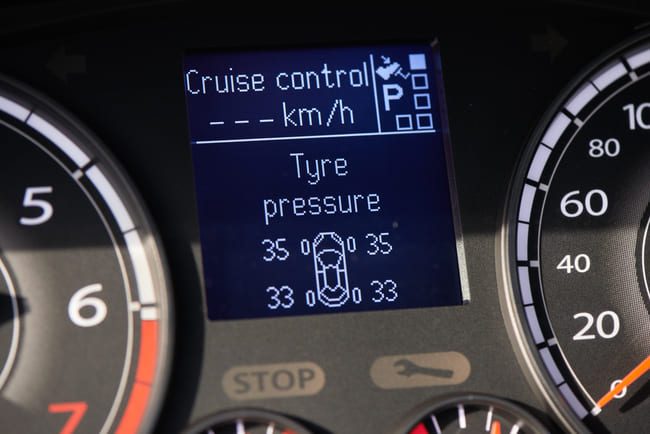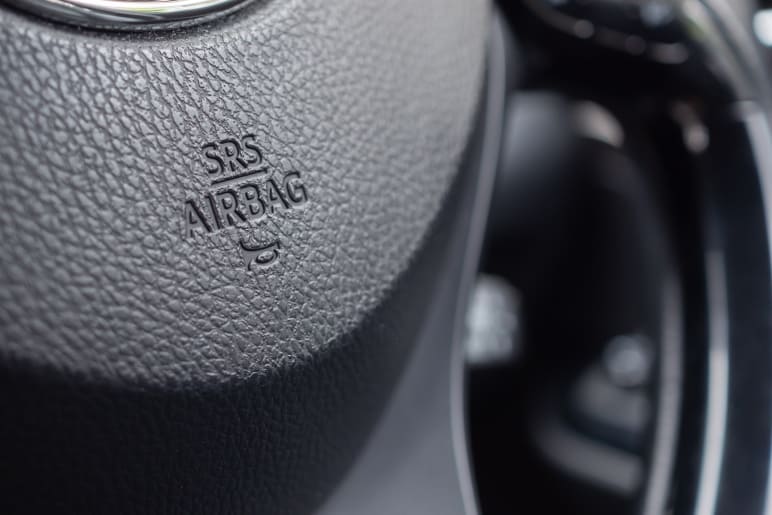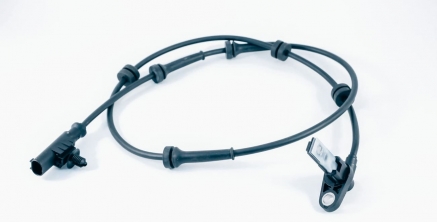
Numerous studies have shown the highly positive impact of the implementation of advanced road safety technologies in reducing road accidents and deaths. It goes without saying that safer vehicles lead to safer roads. It’s for this reason that government bodies and organisations like the EU are making certain safety systems, such as stability control technology, a mandatory requirement for modern car manufacturers.
Nowadays, there are countless preventative systems and technologies available, developed by the world’s top car manufacturers. They can be categorised as passive or active car automobile safety features.
Active vs passive safety features
This key difference between the categories lies in the purpose of the automotive components. An active system is one that is designed to prevent an accident or fatal incident from ever occurring. For example, this can be done by providing braking, visibility or steering assistance. These features are typically electronically controlled and operate continuously while the vehicle is in motion. In contrast, passive systems are used to mitigate the risk of serious injuries or fatalities when a road accident occurs.

What safety features are available on automobiles?
Examples of active features:
- Anti-lock Braking System (ABS)
This is designed to prevent a loss of traction and stop the wheels from locking by increasing and releasing the brake pressure at individual wheels. It increases vehicle stability and steerability during emergency braking. The system consists of the control module, speed sensors, valves, and a pump. - Electronic Stability Control (ESC)
Also known as the Electronic Stability Programme (ESP), this technology responds automatically when it detects a loss of traction or control to counteract skidding and stop the vehicle from drifting off the road. It does so by monitoring data from the wheel speed, yaw rate, steering angle, lateral acceleration sensors. This information is analysed 25 times per second. The control unit can automatically reduce the power or apply individual brakes to retain stability. Research conducted in the UK has shown that ESC can reduce the likelihood of a collision by 25%.
- Blind Spot Detection (BSD)
The BSD sensors actively monitor the blind spots at the rear and sides of the car for vehicles or other objects that could cause a collision. Once a threat has been detected, the driver is alerted with a visual or audible warning. Some systems also include a camera. - Tyre Pressure Monitoring (TPMS)
This system monitors the pressure of tyres on various vehicles, providing real-time information via a gauge, digital display, or pressure warning light. There are two types of TPMS: direct and indirect. A direct TPMS uses pressure gauges to directly determine the actual air pressure levels in the tyres. This information is then transmitted to the onboard computer. Indirect systems use the ABS wheel speed sensors instead and identify a pressure problem when one or more tyres are rotating faster than the others.
- Adaptive Cruise Control (ACC)
ACC is an autonomous technology that monitors other vehicles and obstacles on the road and adjusts the vehicle’s speed accordingly to maintain a safe distance. Vehicles with ACC are fitted with either a laser or radar scanning system that examines the road ahead. Drivers can easily activate the technology and set their preferences using the control buttons. Normal cruise control only allows the driver to keep the car at the same speed without constantly keeping their foot on the pedal, and isn’t able to make intelligent adjustments based on the vehicle’s surroundings. - Lane Departure Warning
This features a camera that detects the markings on the roads to indicate which lane the vehicle is in. If the devices determine that the car is drifting out of the lane, a visual or audible warning notification is activated.
Examples of passive safety features:
- Airbags
Introduced commercially in the 1970s, the airbag is an inflatable device that rapidly expands upon impact to protect the front-seat occupants of the vehicle. It serves as a protective cushion to prevent them from hitting against the dashboard, steering wheel or other components.
- Seat belts
We are all familiar with the belts in cars that lock in place to stop our bodies from being ejected from the seats in the event of a crash. The common safety component may also be known as a restraint device, as it restrains the movement of the driver and passengers while distributing the force of the collision over a large area. - Whiplash Protection (WLP)
The system consists of backrests and head restraints that are designed to absorb energy upon impact, thereby reducing whiplash related injuries. - Occupant sensing systems
The sensory technology detects when a person is occupying a car seat and whether the airbags need to be activated or not if an accident occurs.

















Comment